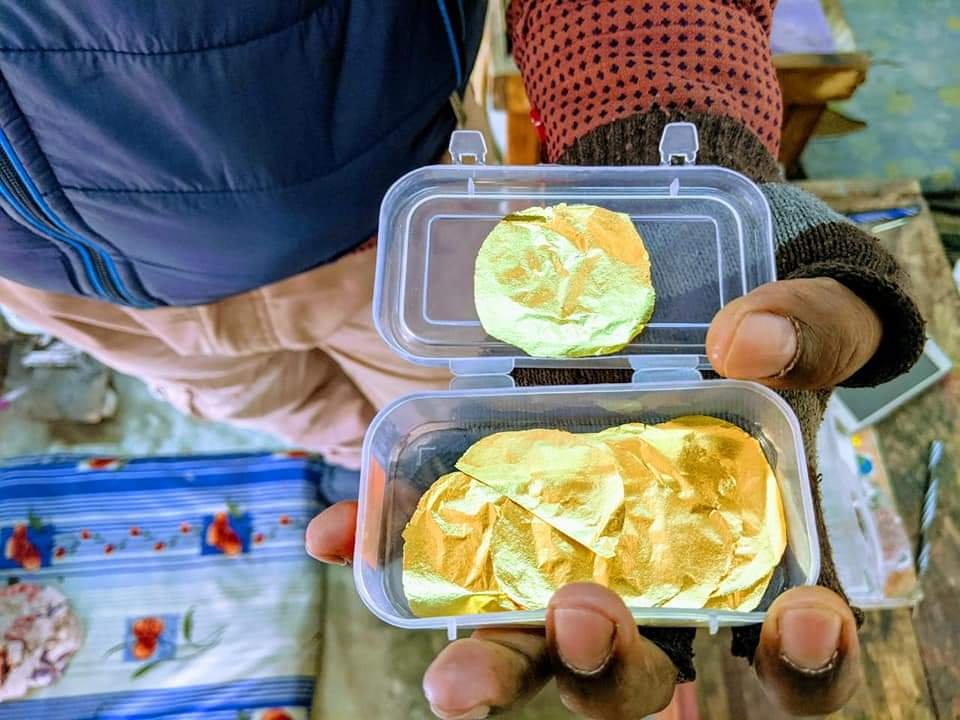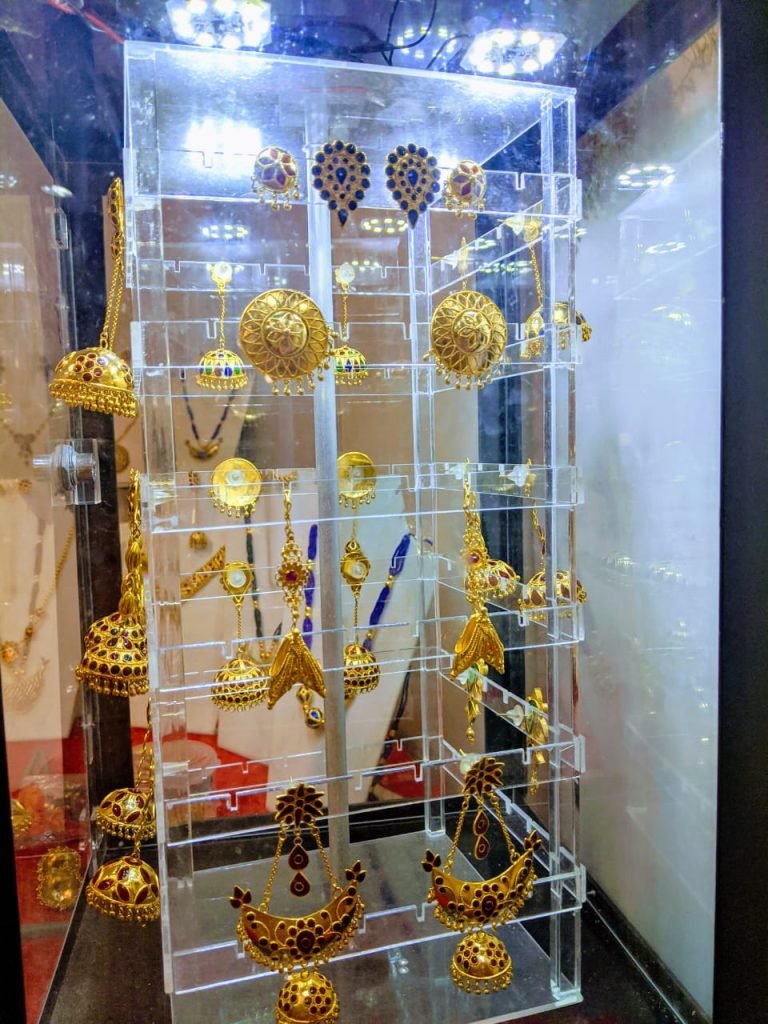Ranthali is perhaps the ‘jewel’ in the crown of Assam’s rich repertory of craft villages. Famed for its beautiful and exotic ‘Asomiya Gohona’ (Assamese jewellery), it is not just a run-of-the mill manufacturing hub. Rather, it is a place that lives and nurtures a legacy of artisinal skills and interesting history.



Approximately 120 km from Guwahati, near Nagaon town, Ranthali is home to skilled artisan families who shape and create the most dazzling of jewels – a sparkling enough reason to explore this small and unique hamlet! It is said that in olden times, gold would literally flow down River Subansiri and, during Ahom rule, gold washing was a flourishing and elaborate business that earned considerable income for the state. In fact, Sonowal Kachari tribespeople were mostly engaged in gold washing in the many Himalayan rivers of the region.
Entirely handmade by artisans specialised in the craft, Ranthali’s Asomiya Gohona is at once unique and affordable. With a silver base covered with thin gold foil, known locally as paat hun, the jewels have exotic names – the Jon Biri or half moon, the Lokaparo or pigeons placed back to back, the Dhol Piri or Bihu drum, and so on.



En route to Kaziranga from Guwahati, Ranthali is a wonderful destination for a day trip. And, if one has time in hand, Chaparmukh &Borkhola (Singhgaon) also cannot be missed. Steeped in history, it is where Assamese Sikhs (who do not speak Punjabi) have been residing since two centuries now. Claiming to be the progeny of Sikh soldiers sent by Punjab’s Maharaja Ranjit Singh in 1822, to support the Ahoms in their fight against Burmese invaders, they continue to remain faithful to Sikh traditions, the Sikh holy book, Guru Granth Sahib, and the tradition of langars in the four gurdwaras of the villages. Setting an example of harmony, when neighbouring villages get inundated, Assamese Sikhs provide free food to the flood victims in these langars.
